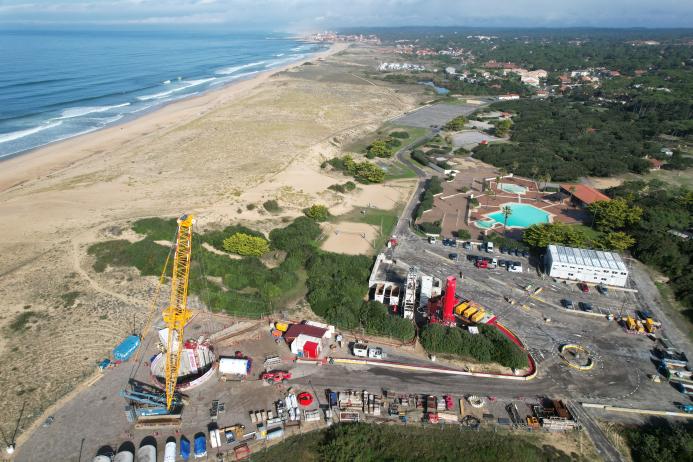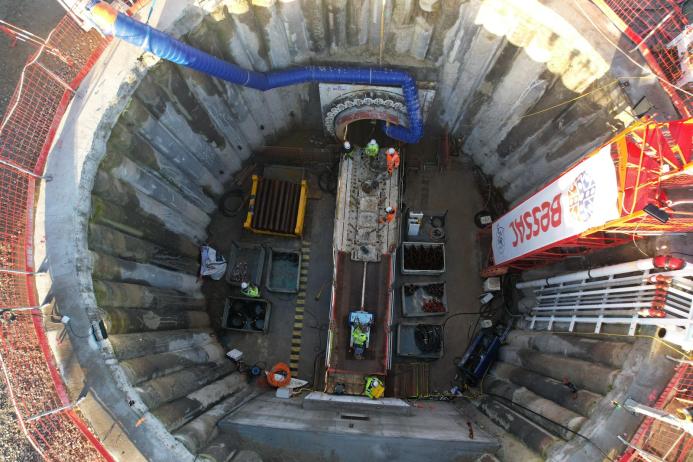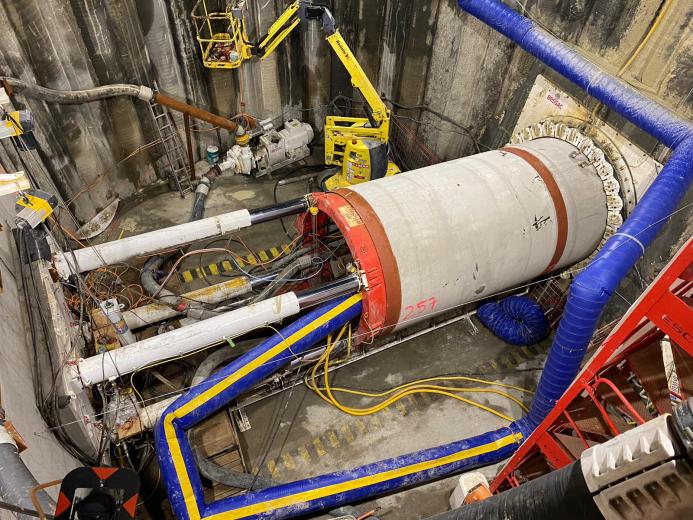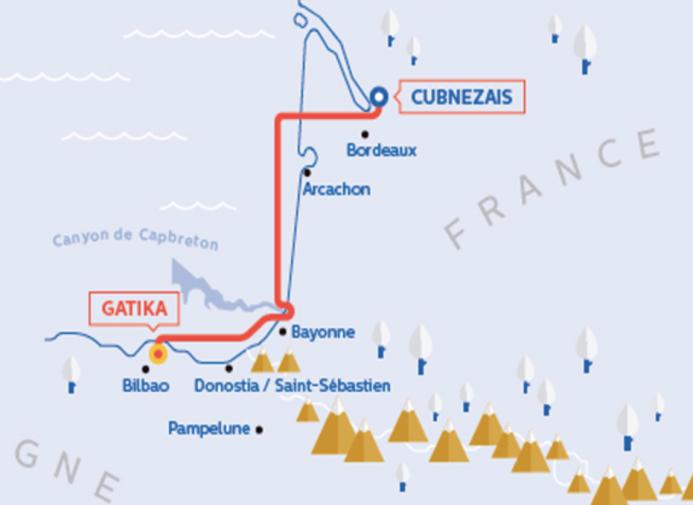Pumps support Bay of Biscay energy link
Tsurumi pumps are playing a critical role in the construction of a major new electricity link between France and Spain, the INELFE interconnector project.
Construction of the 400 km INELFE (INterconnexion ÉLectrique France-Espagne) connection began in late 2023 after five years of consultation, environmental studies and route planning. Once completed in 2028, the new link will double the exchange capacity between the two countries from 2,800 MW to 5,000 MW, significantly strengthening the European grid’s resilience.
Around 300 km of the cable route runs underwater across the Bay of Biscay, with micro-tunnels constructed at coastal landfall points such as Le Porge, Seignosse and Capbreton to limit environmental disruption, protect coastal dunes and maintain public access to beaches. The remainder of the connection includes 80 km of underground cabling in France and 13 km in Spain.
Specialist tunnelling contractor Bessac is using Tsurumi's KTZ415 drainage pumps during tunnel construction. The robust pumps, designed for extreme conditions, efficiently remove water ingress, helping to maintain safe and efficient working conditions during microtunnelling and shaft works.
The KTZ415 model offers a maximum flow rate of 1,980 litres per minute and can pump water up to a height of 55 metres. Tsurumi's pump technology features innovations such as hermetically sealed power cables, silicon carbide mechanical seals, and the ability to run dry without damage, supporting high reliability during critical phases of the project.
The tunnels and micro-tunnels involved in the scheme are lined with reinforced concrete, providing long-term protection and stability for the high-voltage direct current (HVDC) cables housed inside.
The new interconnector features four HVDC cables, delivering a combined 2,000 MW transmission capacity. It is being developed by French and Spanish transmission system operators RTE and Red Eléctrica de España, with a total investment estimated at €3.1 billion.
The project aims to improve electricity security, stability and quality for both nations and the wider European market. It also supports the energy transition by enabling the increased integration of renewable energy sources.
Civil engineering works for the associated converter stations, including foundations and grounding networks, are also underway at key sites such as Cubnezais in France.











